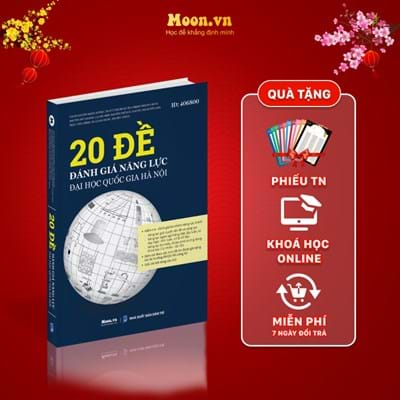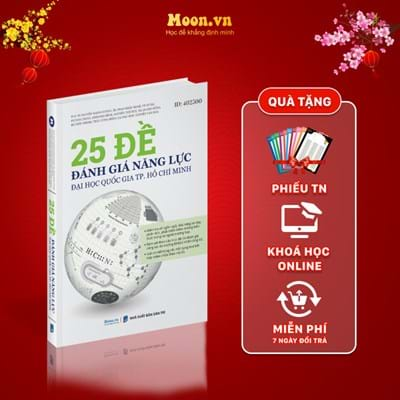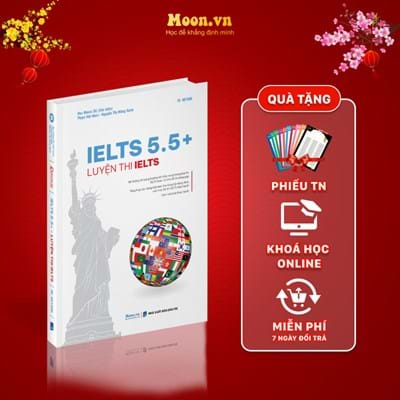Which of the following could be the main idea of the passage?
Most parents want their sons and daughters to have equal chances of success when they grow up. Today, equality of the sexes is largely mandated by public policy and law. However, old-fashioned ideas and a lot of prejudice are still part of our culture and present challenging questions for parents.
Gender stereotypes are rigid ideas about how boys and girls should behave. We all know what these stereotypes are: A “feminine” girl should be insecure, accommodating and a little illogical in her thinking. A “masculine” boy should be strong, unemotional, aggressive, and competitive. How are children exposed to these stereotypes? According to the researchers David and Myra Sadker of the American University of Washington, D.C., boys and girls are often treated differently in the classroom. They found out that when boys speak, teachers usually offer constructive comments, when girls speech, teachers tend to focus on the behavior. It’s more important how the girls act rather than what they say.
The emphasis on differences begins at birth and continues throughout childhood. For example, few people would give pink baby clothes to a boy or a blue blanket to a girl. Later, many of us give girls dolls and miniature kitchenware, while boys receive action figures and construction sets. There’s nothing wrong with that. The problem arises when certain activities are deemed appropriate for one sex but not the other. According to Heather J. Nicholson, Ph.D., director of the National Resource Center for Girls, Inc., this kind of practice prevents boys and girls from acquiring important skills for their future lives.
“The fact is,” says Nicholson, “that society functions as a kind of sorting machine regarding gender. In a recent survey, fifty-eight percent of eighth-grade girls but only six percent of boys earned money caring for younger children. On the other hand, twenty-seven percent of boys but only three percent of girls earned money doing lawn work”. If we are serious about educating a generation to be good workers and parents, we need to eliminate such stereotypes as those mentioned previously.
Gender stereotypes inevitably are passed to our children. However, by becoming aware of the messages our children receive, we can help them develop ways to overcome these incorrect ideas. To counteract these ideas, parents can look for ways to challenge and support their children, and encourage confidence in ways that go beyond what society’s fixed ideas about differences of sext are.
Gender stereotypes are rigid ideas about how boys and girls should behave. We all know what these stereotypes are: A “feminine” girl should be insecure, accommodating and a little illogical in her thinking. A “masculine” boy should be strong, unemotional, aggressive, and competitive. How are children exposed to these stereotypes? According to the researchers David and Myra Sadker of the American University of Washington, D.C., boys and girls are often treated differently in the classroom. They found out that when boys speak, teachers usually offer constructive comments, when girls speech, teachers tend to focus on the behavior. It’s more important how the girls act rather than what they say.
The emphasis on differences begins at birth and continues throughout childhood. For example, few people would give pink baby clothes to a boy or a blue blanket to a girl. Later, many of us give girls dolls and miniature kitchenware, while boys receive action figures and construction sets. There’s nothing wrong with that. The problem arises when certain activities are deemed appropriate for one sex but not the other. According to Heather J. Nicholson, Ph.D., director of the National Resource Center for Girls, Inc., this kind of practice prevents boys and girls from acquiring important skills for their future lives.
“The fact is,” says Nicholson, “that society functions as a kind of sorting machine regarding gender. In a recent survey, fifty-eight percent of eighth-grade girls but only six percent of boys earned money caring for younger children. On the other hand, twenty-seven percent of boys but only three percent of girls earned money doing lawn work”. If we are serious about educating a generation to be good workers and parents, we need to eliminate such stereotypes as those mentioned previously.
Gender stereotypes inevitably are passed to our children. However, by becoming aware of the messages our children receive, we can help them develop ways to overcome these incorrect ideas. To counteract these ideas, parents can look for ways to challenge and support their children, and encourage confidence in ways that go beyond what society’s fixed ideas about differences of sext are.
(Source: https://en.islcollective.com)
Which of the following could be the main idea of the passage?
A. Deep-seated stereotypes about genders and their effects.
B. Different prejudice about how girls and boys should behave and be treated.
C. The role of culture in the behavior of different genders.
D. The influence of education and society on gender stereotypes.
Đáp án A
Câu nào trong các câu sau có thể là ý chính của đoạn văn?A. Những định kiến lâu đời về giới tính và các tác động của nó.
B. Những định kiến khác nhau về việc con trai và con gái nên cư xử và được đối xử như thế nào.
C. Vai trò của văn hóa trong cách cư xử của các giới tính khác nhau.
D. Ảnh hưởng của giáo dục và xã hội lên định kiến về giới tính.
Căn cứ vào thông tin đoạn 1:
Most parents want their sons and daughters to have equal chances of success when they grow up. Today, equality of the sexes is largely mandated by public policy and law. However, old-fashioned ideas and a lot of prejudice are still part of our culture and present challenging questions for parents.
(Hầu hết cha mẹ nào cũng muốn con trai và con gái họ có cơ hội thành công như nhau khi chúng trưởng thành. Ngày nay, sự bình đẳng về giới tính đã được quy định rộng rãi trong các chính sách công và luật pháp. Tuy nhiên, những tư tưởng lạc hậu và nhiều định kiến vẫn là một phần trong văn hóa của chúng ta và đặt ra nhiều thách thức cho các bậc cha mẹ).
=> Như vậy, đoạn văn này nói về các định kiến về giới tính và những tác động của chúng.







